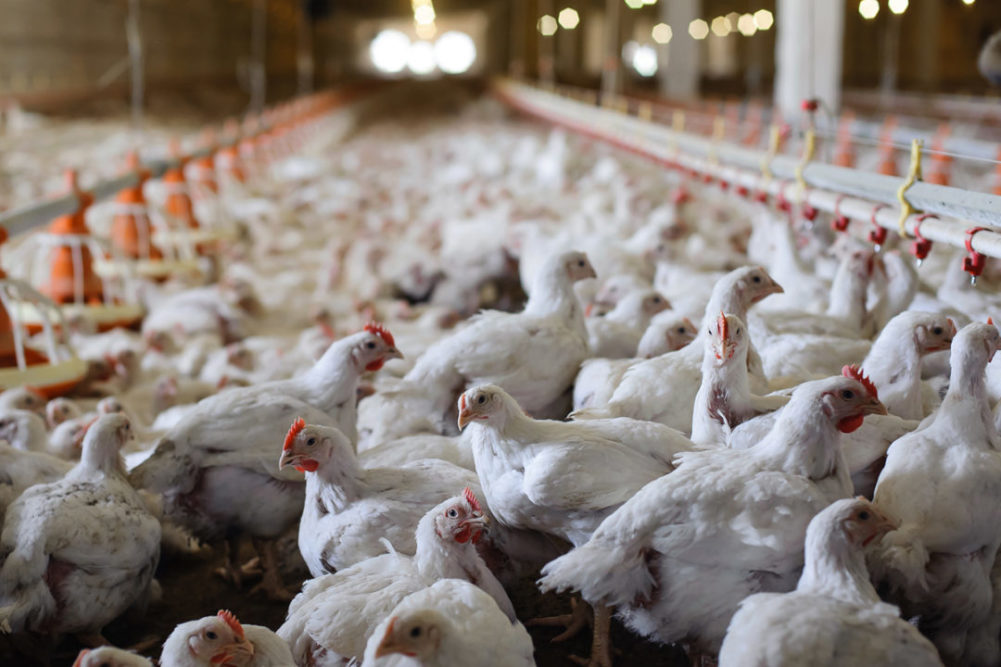ITHACA, NY. — Cornell University released the findings of a new study indicating that the H5N1 virus is now transmittable between mammals.
The “Spillover of Highly Pathogenic Avian Influenza H5N1 Virus to Dairy Cattle” study, published on July 25 in Nature, showed how a spillover of highly pathogenic avian influenza (HPAI) from birds to dairy cattle across the United States has led to transmissions between mammals, including from cows to other cows or from cows to cats and a raccoon.
The study reports cases of cow-to-cow transmission when infected cows from Texas were moved to a farm with healthy cows in Ohio.
After using whole genome sequencing, researchers also discovered that the virus was transmitted to cats, a raccoon and wild birds that were found dead on affected farms. The study surmises the cats and raccoon most likely became ill from drinking raw milk from infected cows. However, no cause was concluded as to how the wild birds became infected. The researchers suspect it may have resulted from environmental contamination or aerosols kicked up during milking or cleaning of the milking parlors.
“This is one of the first times that we are seeing evidence of efficient and sustained mammalian-to-mammalian transmission of highly pathogenic avian influenza H5N1,” said Diego Diel, associate professor of virology in the Department of Population Medicine and Diagnostic Sciences and director of the Virology Laboratory at the Animal Health Diagnostic Center (AHDC) in the College of Veterinary Medicine at Cornell University.
Diel finds the mammal-to-mammal transmission concerning, as the virus may adapt in mammals.
Even though the virus can infect and replicate in people, the efficiency of those infections remains low.
So far this year, 13 human HPAI cases have been reported in the United States. Each case reported mild symptoms.
The study noted that recent patients were infected with the same virus strain circulating in dairy cows. Researchers suspect that the virus likely originated from dairy farms in the same county.
“The concern is that potential mutations could arise that could lead to adaptation to mammals, spillover into humans and potential efficient transmission in humans in the future,” Diel said.
Diel said early testing, enhanced biosecurity and quarantines in the event of positive results, is necessary to contain any further spread of the virus.
The study was funded by the AHDC, the Ohio Animal Disease and Diagnostic Laboratory, the Texas A&M Veterinary Medical Diagnostic Laboratory and the USDA.


